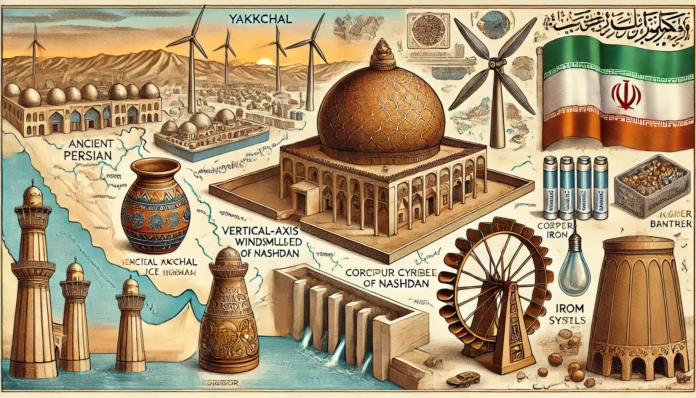Step back in time and explore the ingenious designs of ancient civilizations that continue to influence our world today. From Persia’s Yakhchal, the world’s first refrigerator, to the early windmills and mysterious Baghdad Battery, these groundbreaking inventions showcase the brilliance of ancient engineers. Discover how their innovations not only shaped the past but still inspire modern technology and sustainable solutions today. Curious? Dive into the marvels of ancient ingenuity!
Ingenious Design of the World’s First Refrigerator and Other Mind-Blowing Persian Innovations!
When we think of technological and scientific advancements, we often associate them with modern times. However, long before the advent of today’s cutting-edge innovations, the ancient Persians were trailblazing through the fields of engineering, science, and governance. Their creations continue to inspire and inform our lives, despite being conceived thousands of years ago. From the ingenious design of the Yakhchal, the world’s first refrigerator, to the pioneering concepts of human rights found in the Cyrus Cylinder, the legacy of Persian innovation is truly mind-blowing.
Let’s embark on a journey through history to explore some of the greatest achievements of ancient Persia that continue to resonate today.
The Ancient Icehouse: Revealing the Yakhchal
One of Persia’s most remarkable contributions to the world is the Yakhchal, an ancient precursor to the modern refrigerator, designed around 400 BCE. Unlike today’s mechanical refrigerators, the Yakhchal was an architectural marvel. Built with thick, domed walls of clay, egg whites, lime, goat hair, and ash, these icehouses could preserve ice and perishables even in the desert heat of Iran.
The key to the Yakhchal’s effectiveness lay in its use of evaporative cooling. Ingeniously designed windcatchers funneled cooler air into the structure, where it circulated and cooled the interior space to freezing temperatures. This allowed the Yakhchal to keep ice frozen and food fresh throughout the scorching summer months. The structures were large—some could store up to 5,000 cubic meters—and played a crucial role in food preservation, a practice that influenced methods of refrigeration across the world.

Check out these videos on the World’s First Refrigerator and Other Incredible Persian Innovations:
Harnessing the Wind: The First Windmills
Another astounding Persian innovation was the development of the world’s first windmills. Around AD 915, Persians in the eastern part of the empire created vertical-axis windmills to harness wind power. These windmills were used primarily for grinding grain and pumping water—crucial tasks for sustaining agriculture in the arid regions of Persia.
These early windmills not only reflect the Persian people’s deep understanding of renewable energy but also laid the foundation for the development of modern wind power technologies. In fact, some of these ancient windmills, such as those found in Nashtifan, Iran, are still in operation today, standing as enduring testaments to their efficiency. Recognized by Iran’s Cultural Heritage Organization as a national treasure, the Nashtifan windmills showcase how ancient innovations can have a lasting impact on sustainable energy solutions.
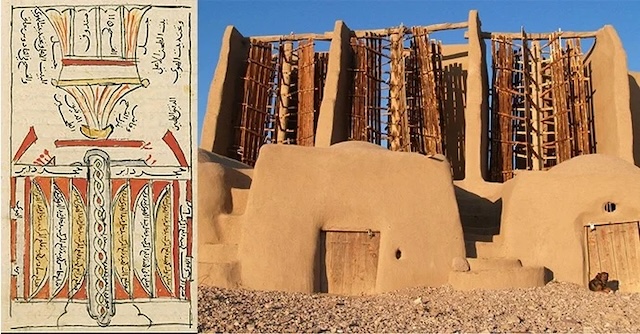
Watch a video about the Yakhchal, the ancient Persian icehouse:
The Mystery of the Baghdad Battery
Perhaps one of the most enigmatic Persian innovations is the Baghdad Battery, an artifact that has puzzled historians and scientists alike. Discovered near Baghdad and believed to date back to around 250 BCE, the device consists of a clay jar, copper tube, and iron rod. Some scholars believe it was capable of generating a small amount of electricity—up to 1.1 volts.
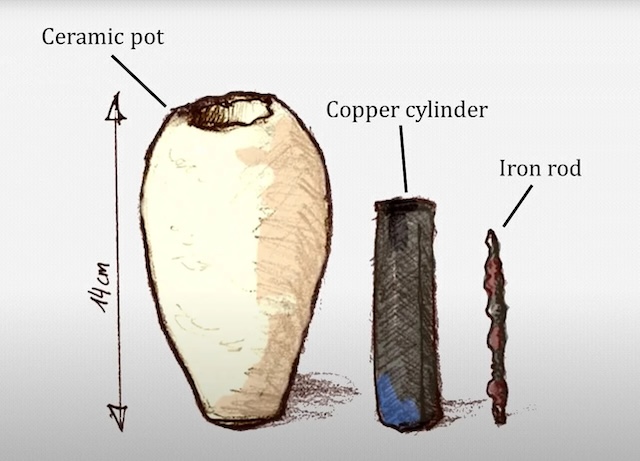
While the true purpose of the Baghdad Battery remains a subject of debate, some theories suggest it could have been used for electroplating gold onto silver. Although its role in ancient Persian life is still unclear, modern experiments have shown that it can indeed produce voltage, making it a fascinating early example of chemical energy conversion. This mysterious artifact highlights the advanced knowledge of chemistry and physics that existed in the Persian Empire, sparking ongoing curiosity and discussions in the scientific community.
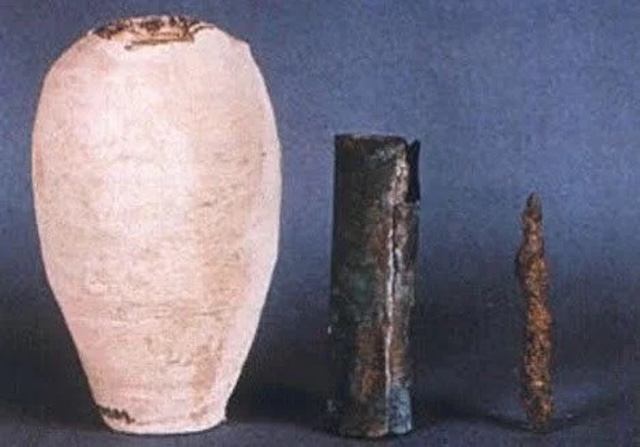
Check out a video on the intriguing Baghdad Battery:
Qanat Water Systems: Engineering Marvels
In the arid deserts of Persia, access to water was a challenge, but the ancient Persians engineered an ingenious solution: the qanat system. Developed around 1000 BCE, the qanat was an underground canal that transported water from distant mountains or aquifers to cities and farmlands. This system not only allowed for sustainable agriculture but also supported the growth of large urban settlements in regions with little rainfall.
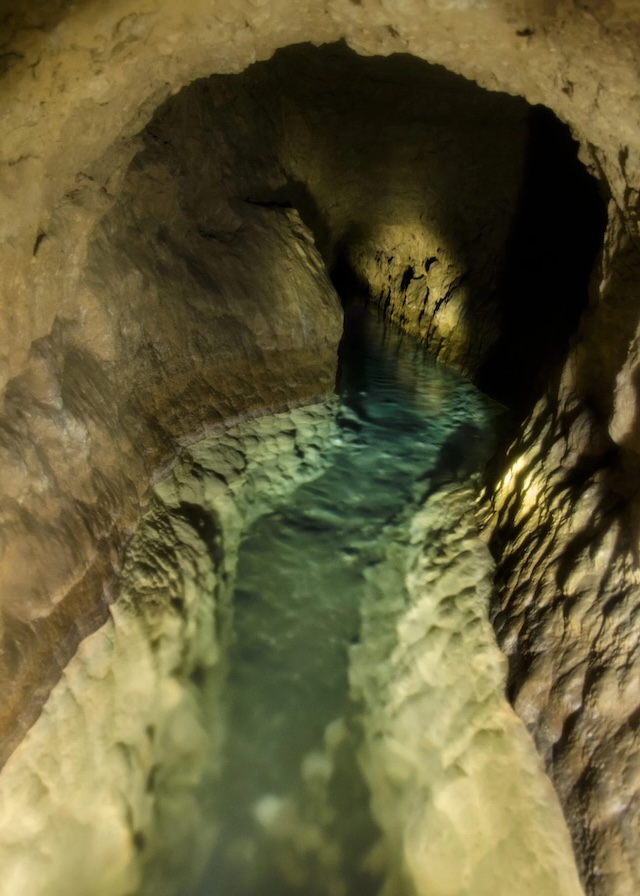
The qanat’s brilliance lies in its ability to transport water over long distances with minimal evaporation, making it a perfect solution for desert climates. Even today, over 50,000 qanats are still operational in Iran, providing a reliable water source for both agricultural and domestic use. This enduring system showcases the Persian mastery of environmental engineering and their commitment to sustainable living, a concept that remains highly relevant in today’s world.
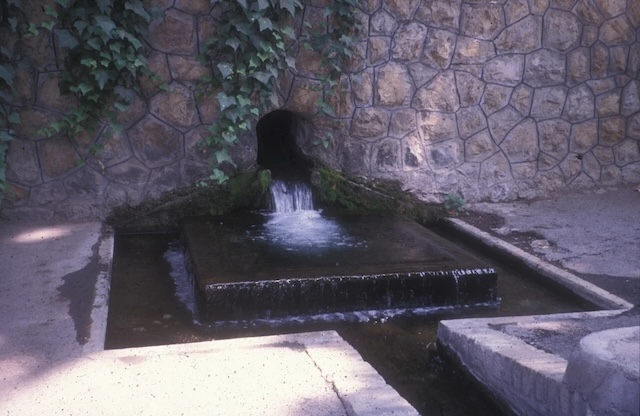
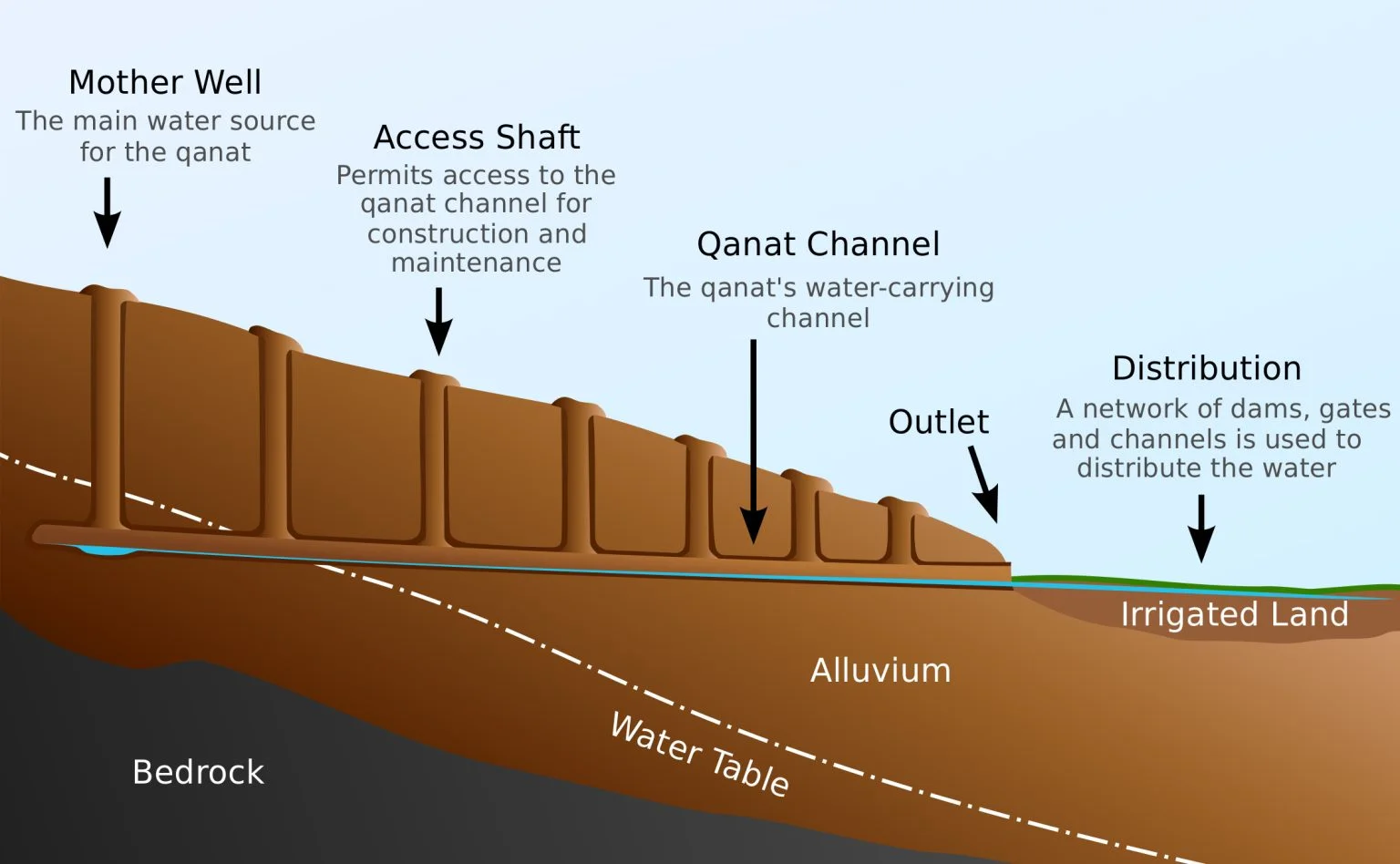
Watch a video about the ancient water tunnels still in use beneath Iran’s dusty desert:
Pioneering Human Rights: The Cyrus Cylinder
Beyond technological innovations, the Persians were also pioneers in governance and human rights. The Cyrus Cylinder, dating back to the 6th century BCE, is often regarded as the world’s first charter of human rights. Issued by Cyrus the Great, the cylinder decrees the abolition of forced labor, freedom of religion, and the repatriation of displaced peoples. It reflects the humane policies that Cyrus implemented across the vast Persian Empire.
The principles laid out in the Cyrus Cylinder continue to influence modern concepts of governance and human rights. Today, the cylinder is housed in the British Museum and is celebrated as a symbol of ethical leadership. It has inspired movements and declarations worldwide, including the Universal Declaration of Human Rights. The Cyrus Cylinder remains a powerful reminder of the Persian Empire’s contribution to the global pursuit of justice and equality.

Watch a video about the Cyrus Cylinder:
Conclusion
The Persian Empire was not just an empire of conquests and expansion—it was a beacon of innovation, sustainability, and progressive governance. From the Yakhchal’s ingenious refrigeration system to the qanat’s revolutionary water management, these inventions laid the groundwork for many modern conveniences. The mysteries surrounding the Baghdad Battery still intrigue us, while the first windmills continue to inspire advancements in renewable energy.
Equally important, the legacy of Persian governance, embodied in the Cyrus Cylinder, serves as a timeless call for ethical leadership and respect for human dignity. The profound contributions of the Persian Empire continue to shape the way we live today, inspiring new generations to innovate and lead with wisdom and integrity.
As we reflect on these groundbreaking innovations, we are reminded of the enduring human quest for knowledge, understanding, and progress. The ancient Persians, with their brilliant minds and forward-thinking designs, show us that the pursuit of a better future has always been a part of the human spirit. Their story continues to inspire us, urging us to build upon the past and forge ahead into new frontiers of discovery.
